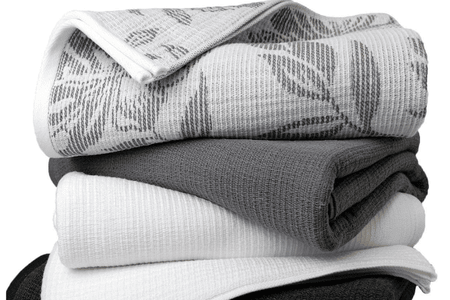
Thailand, Vietnam garment and textile industries need to strengthen co-operation
YarnsandFibers News Bureau 2015-03-27 10:00:00 – HO CHI MINH CITY, VietnamThailand and Vietnam garment and textile industries to improve competitiveness and exploit the ASEAN market need to strengthen co-operation. Establishing fully vertical integrated-supply chain between Thailand and Vietnam would be one of the big steps toward granting and sustaining competitiveness.
Nguyen Van Tuan, deputy general secretary of the Vietnam Textile and Apparel Association, said that in recent years Vietnam has emerged as a production hub for garment and textile products. However, the industry has had to import up to 85% of materials needed for production.
Last year, Vietnam earned US$76 million from yarn exports to Thailand and spent US$194 million to import fabric from the country.
Cooperation with Thailand is necessary as it has advantages in textiles, design and administration.
Tuan said that total global apparel trade was worth US$800 billion last year, and is expected to top US$1,664 billion in 2030, offering a huge opportunity for the industry.
Asian production will account for 60% the world's total production by 2030 from the current level of 50%, he said.
Phasiree Orawattanasrikul, vice chairwoman of Thai Garment Manufacturers Association's (TGMA) Trade and Investment Promotion sub-committee, said that Thailand's textile and garment industry has an entire supply chain cycle from upstream to downstream, from yarn manufacturing to apparel manufacturing. It also includes fashion design.
Meanwhile, Vietnam has the skills and ability to become an apparel production hub for international buyers, but it lacks upstream and midstream channels.
With the rising costs in China as well as competitiveness with other industries, many garment and textile producers have moved their production base to ASEAN countries, including Vietnam.
Vietnam has signed, and is negotiating, a number of free trade agreements, including the Trans Pacific Partnership, which are expected to bring huge benefits to the garment and textile industry.
However, to enjoy benefits, Vietnamese companies must meet product origin as well as yarn-forward regulations.
With Thailand not included in the TPP, Thai enterprises should enhance co-operation with Vietnamese firms to produce fabric and materials in Vietnam to take advantages of benefits brought from trade agreements.
The co-operation of the two sides would also help the industry better exploit the ASEAN market of 600 million people, when the ASEAN Economic Community becomes effective by the end of the year.
Vietnam's textile and garment industry is always on the lookout to improve competitiveness and achieve higher productivity, thus increasing its edge in the world market.
Market Intelligence
Ask for free sample Report

experience
Customer Base
dedicated team
Countries Served Worldwide









